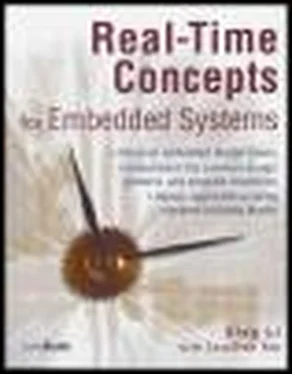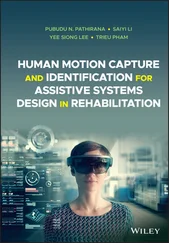As an introduction to embedded systems and real-time embedded systems, this chapter focuses on:
· examples of embedded systems,
· defining embedded systems,
· defining embedded systems with real-time behavior, and
· current trends in embedded systems.
1.1 Real Life Examples of Embedded Systems
Even though often nearly invisible, embedded systems are ubiquitous. Embedded systems are present in many industries, including industrial automation, defense, transportation, and aerospace. For example, NASA’s Mars Path Finder, Lockheed Martin’s missile guidance system, and the Ford automobile all contain numerous embedded systems.
Every day, people throughout the world use embedded systems without even knowing it. In fact, the embedded system’s invisibility is its very beauty: users reap the advantages without having to understand the intricacies of the technology.
Remarkably adaptable and versatile, embedded systems can be found at home, at work, and even in recreational devices. Indeed, it is difficult to find a segment of daily life that does not involve embedded systems in some way. Some of the more visible examples of embedded systems are provided in the next sections.
1.1.1 Embedded Systems in the Home Environment
Hidden conveniently within numerous household appliances, embedded systems are found all over the house. Consumers enjoy the effort-saving advanced features and benefits provided by these embedded technologies.
As shown in Figure 1.1 embedded systems in the home assume many forms, including security systems, cable and satellite boxes for televisions, home theater systems, and telephone answering machines. As advances in microprocessors continue to improve the functionality of ordinary products, embedded systems are helping drive the development of additional home-based innovations.
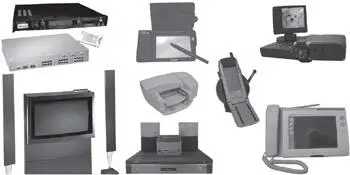
Figure 1.1: Embedded systems at home.
1.1.2 Embedded Systems in the Work Environment
Embedded systems have also changed the way people conduct business. Perhaps the most significant example is the Internet, which is really just a very large collection of embedded systems that are interconnected using various networking technologies. Figure 1.2 illustrates what a small segment of the Internet might look like.
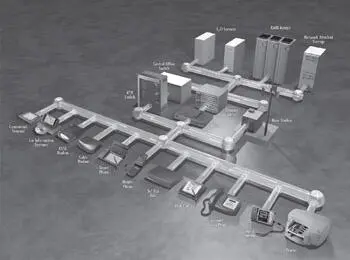
Figure 1.2: Embedded systems at work.
From various individual network end-points (for example, printers, cable modems, and enterprise network routers) to the backbone gigabit switches, embedded technology has helped make use of the Internet necessary to any business model. The network routers and the backbone gigabit switches are examples of real-time embedded systems. Advancements in real-time embedded technology are making Internet connectivity both reliable and responsive, despite the enormous amount of voice and data traffic carried over the network.
1.1.3 Embedded Systems in Leisure Activities
At home, at work, even at play, embedded systems are flourishing. A child’s toy unexpectedly springs to life with unabashed liveliness. Automobiles equipped with in-car navigation systems transport people to destinations safely and efficiently. Listening to favorite tunes with anytime-anywhere freedom is readily achievable, thanks to embedded systems buried deep within sophisticated portable music players, as shown in Figure 1.3.
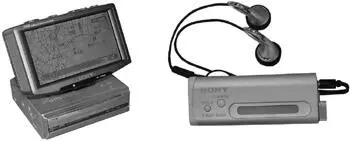
Figure 1.3: Navigation system and portable music player.
Even the portable computing device, called a web tablet , shown in Figure 1.4, is an embedded system.
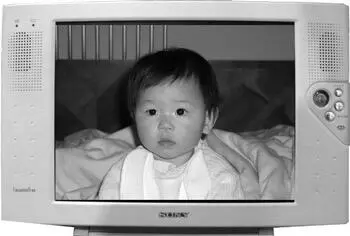
Figure 1.4: A web tablet.
Embedded systems also have teamed with other technologies to deliver benefits to the traditionally low-tech world. GPS technology, for example, uses satellites to pinpoint locations to centimeter-level accuracy, which allows hikers, cyclists, and other outdoor enthusiasts to use GPS handheld devices to enjoy vast spaces without getting lost. Even fishermen use GPS devices to store the locations of their favorite fishing holes.
Embedded systems also have taken traditional radio-controlled airplanes, racecars, and boats to new heights…and speeds. As complex embedded systems in disguise, these devices take command inputs from joysticks and pass them wirelessly to the device’s receiver, enabling the model airplane, racecar, or boat to engage in speedy and complex maneuvers. In fact, the introduction of embedded technology has rendered these sports safer and more enjoyable for model owners by virtually eliminating the once-common threat of crashing due to signal interference.
1.1.4 Defining the Embedded System
Some texts define embedded systems as computing systems or devices without a keyboard, display, or mouse. These texts use the “look” characteristic as the differentiating factor by saying, “embedded systems do not look like ordinary personal computers; they look like digital cameras or smart toasters.” These statements are all misleading.
A general definition of embedded systems is: embedded systems are computing systems with tightly coupled hardware and software integration, that are designed to perform a dedicated function. The word embedded reflects the fact that these systems are usually an integral part of a larger system, known as the embedding system. Multiple embedded systems can coexist in an embedding system.
This definition is good but subjective. In the majority of cases, embedded systems are truly embedded, i.e., they are “systems within systems.” They either cannot or do not function on their own. Take, for example, the digital set-top box (DST) found in many home entertainment systems nowadays. The digital audio/video decoding system, called the A/V decoder , which is an integral part of the DST, is an embedded system. The A/V decoder accepts a single multimedia stream and produces sound and video frames as output. The signals received from the satellite by the DST contain multiple streams or channels. Therefore, the A/V decoder works in conjunction with the transport stream decoder, which is yet another embedded system. The transport stream decoder de-multiplexes the incoming multimedia streams into separate channels and feeds only the selected channel to the A/V decoder.
In some cases, embedded systems can function as standalone systems. The network router illustrated in Figure 1.2 is a standalone embedded system. It is built using a specialized communication processor, memory, a number of network access interfaces (known as network ports), and special software that implements packet routing algorithms. In other words, the network router is a standalone embedded system that routes packets coming from one port to another, based on a programmed routing algorithm.
The definition also does not necessarily provide answers to some often-asked questions. For example: “Can a personal computer be classified as an embedded system? Why? Can an Apple iBook that is used only as a DVD player be called an embedded system?”
A single comprehensive definition does not exist. Therefore, we need to focus on the char-acteristics of embedded systems from many different perspectives to gain a real under-standing of what embedded systems are and what makes embedded systems special.
Читать дальше
